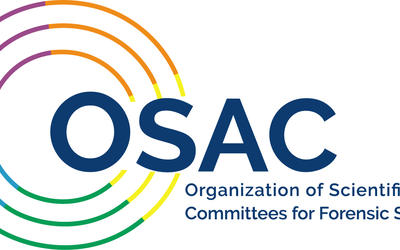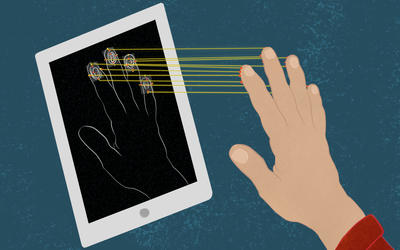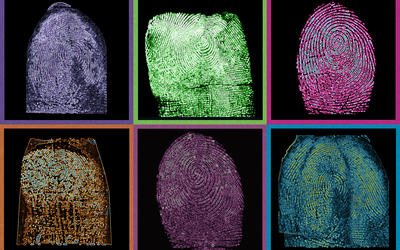What is fingerprint analysis?
Investigators have been using the results of forensic fingerprint analysis to solve crimes for more than a century. Fingerprint analysis generally involves comparing fingerprints found at a crime scene — called latent fingerprints — with fingerprints from a known individual and assessing how similar they are. A trained fingerprint examiner makes that assessment by comparing details including the shapes that the ridge lines form and where the lines end or split. Latent prints are often partial, distorted or smudged, so the first step is to determine if there is sufficient detail in the latent print to make a comparison. If not, no further analysis is done. If there is enough detail in the latent print, the examiner will carefully compare the features of the two prints and determine, based on training and experience, if the prints are likely to have come from the same person or from different people.
What we do
Some studies have shown that different examiners occasionally come to different conclusions when assessing the same evidence. This is not unexpected, as any human endeavor necessarily involves some chance of error. However, those chances can be reduced. NIST is working to develop computer algorithms that would automate some parts of the fingerprint analysis process, with the goal of reducing the opportunities for error and making the process more reliable and efficient.





